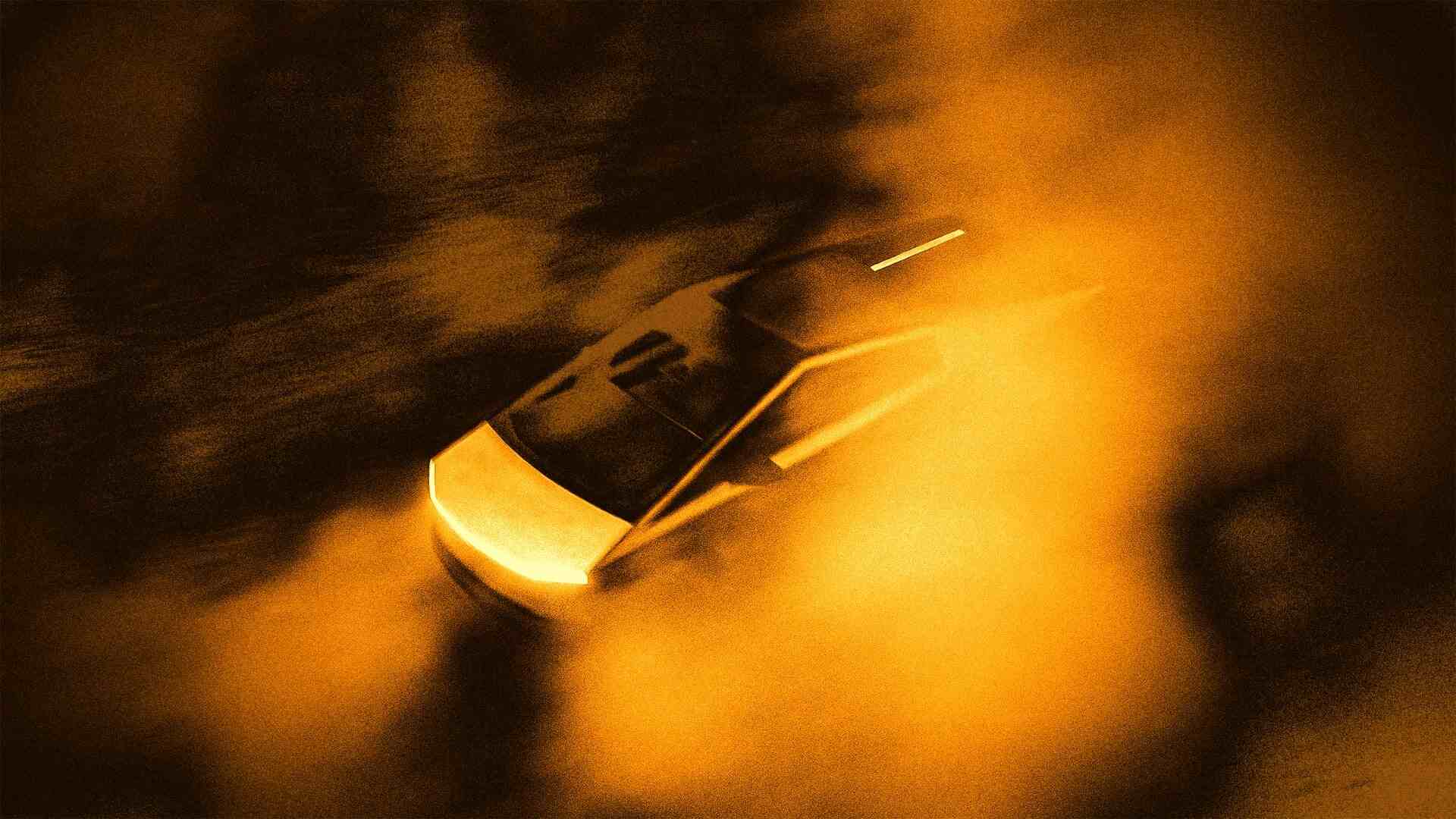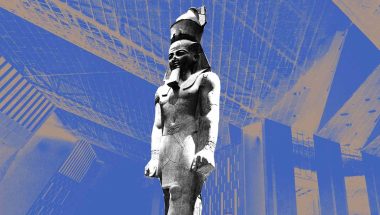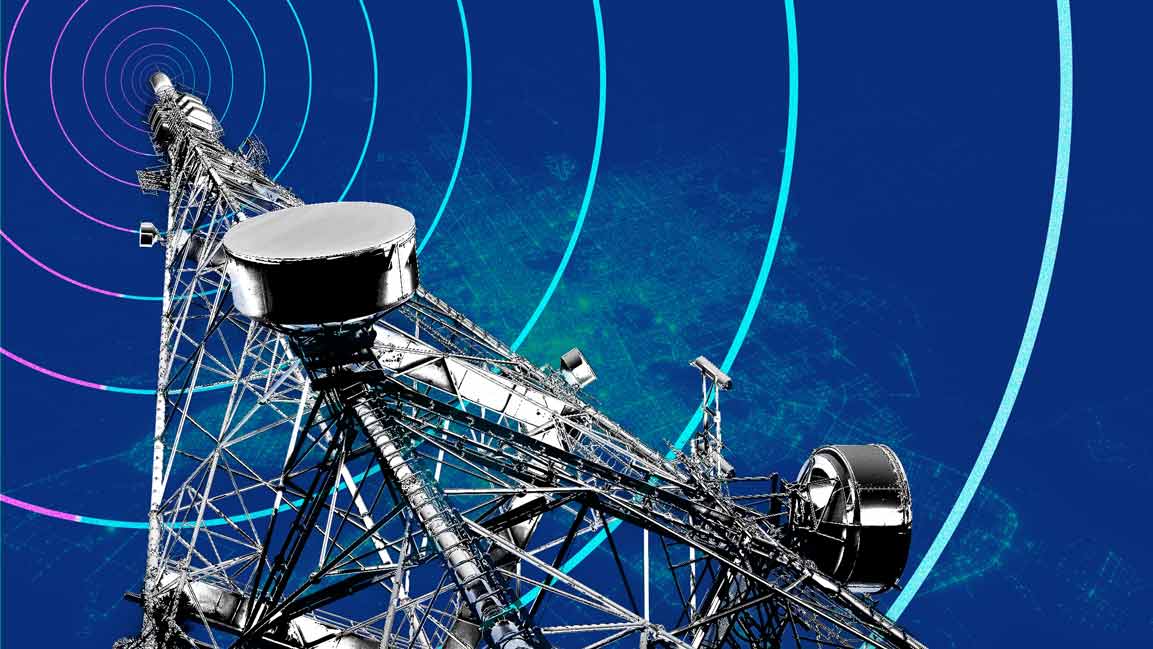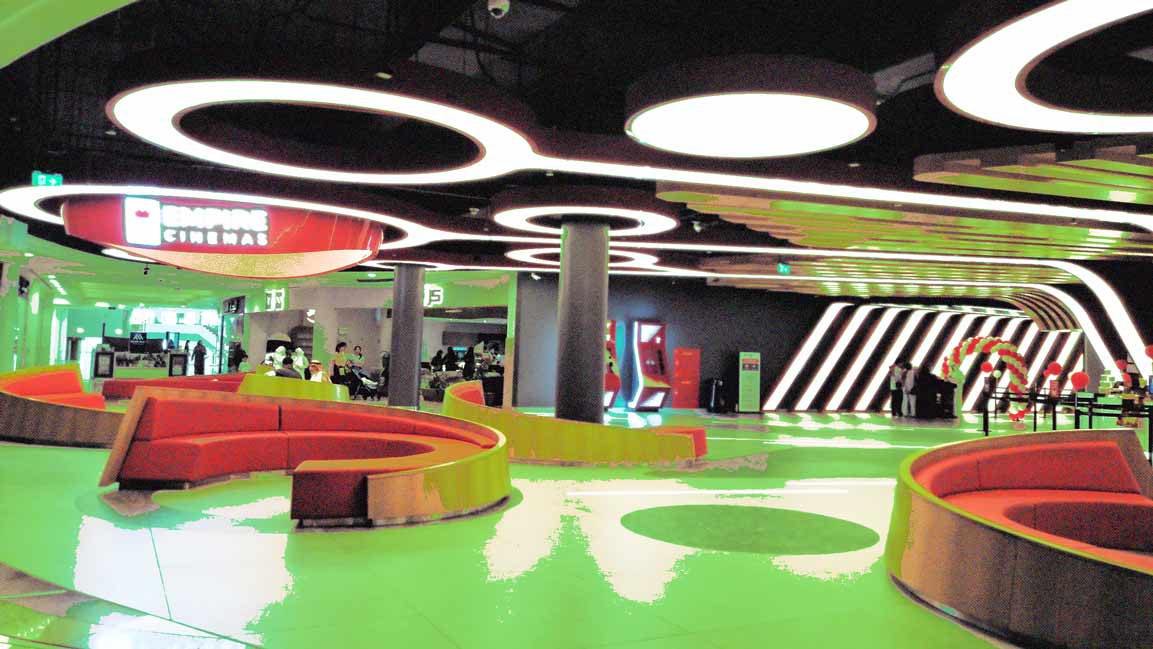- | 8:00 am
Why Wikipedia wants a ‘sound logo’
More brands are creating audio branding, including Wikipedia, which wants to create the ‘sound of all human knowledge.’
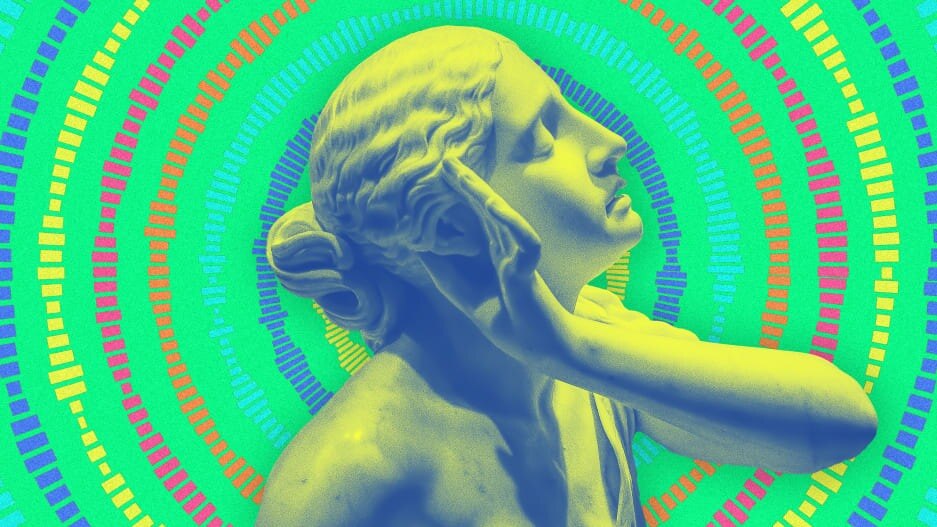
Branded is a weekly column devoted to the intersection of marketing, business, design, and culture.
Wikipedia is arguably one of the most well-known brands in the world. Which means you’ve most likely seen its unfinished-jigsaw-puzzle-of-a-globe logo. But what does Wikipedia sound like?
The nonprofit Wikimedia Foundation recently announced that it is, in effect, looking for an answer to that question, issuing an open call for submissions for a “sound logo” that will identify content from Wikipedia (and other Wikimedia Foundation projects) “when visual logos are not an option—for example, when virtual voice assistants answer queries.”
Associating a brand with a sound is hardly a new idea: Jingles have been a staple of broadcast advertising from the beginning, and before that, traveling medicine shows were heavily musical. But in the past five years or so, audio branding has expanded. That’s partly because, for many years, the digital era was so intensely visual that we reached a kind of “saturation point,” says Scott Simonelli, cofounder and CEO of Veritonic, an audio analytics and research firm. “Now that kind of colonization of the eyes, if you will, has peaked.”
Meanwhile there’s been plenty of sonic innovation, from smart speakers to AirPods and the steady rise of the podcast industry. And sound has become more recognizably important to business identity—and goes way beyond jingles. Think about the familiar Netflix “ta-dum,” for example. Or the little tappy sound of a new Slack message. Earlier examples range from HBO’s static overture to Intel’s five-note bong to the Apple computer startup chime to the THX “Deep Note.” Jingles still abound, but in more recent years they have come to include bite-size attempted earworms that last just a couple of seconds, like McDonald’s “I’m Lovin’ It,” or even nonmusical variations like Little Caesars’ “Pizza pizza” or Aflac’s shrill duck-blurted name.
More broadly, Simonelli argues, a brand now needs a sort of sonic “palette,” the same way its visual identity is anchored in a particular color palette. “We’re getting to a place where if you don’t have an audio strategy,” he says, “you’re missing a huge part of the market, and you’re really missing the zeitgeist.”
Technically, the Wikimedia callout is seeking one audio logo for all its iterations, which includes many projects other than its flagship crowdsourced encyclopedia. This may be a challenge. “It’s hard enough to do logo work—visual or sonic—and harder still when the organization you’re doing the work for is amorphous,” observes Marc Weidenbaum, a music critic who writes the “This Week in Sound” newsletter and also works in branding (and, full disclosure, is a longtime friend). “Wikimedia’s contest is broad,” he says, both in terms of topic (“the sound of all human knowledge”) and audience (presumably: everyone on the planet?). Sometimes, he suggests, constraints can be helpful.
That said, Weidenbaum made the Wikimedia sonic logo request a prompt for a regular online sound-maker challenge he runs called Disquiet Junto; and some of the submissions are pretty fun. (While that particular experiment has closed, those inclined to submit an audio logo to Wikimedia itself have until October 10.)
But the truth is—as with a visual logo—the real power of a sonic mark comes via the familiarity that only repeated exposure can create. Veritonic publishes an annual Audio Logo Index, evaluating which sonic identities in various categories are the most “effective.” (This is based on a combination of logo recall, “creative resonance,” and other factors, culled from survey responses and cross-matched against Veritonic’s internal data.) Some of the top performers—Folger’s, Liberty Mutual, KFC—don’t exactly ring out as works of sonic brilliance. The 2022 index “found consistency to be one of the most influential parameters for success in sonic branding,” the report says. “Think listening to a song you wouldn’t be able to sing even the most catchy of tunes after just one or two listens!”
Simonelli points to an example such as MasterCard, which has a “really sophisticated and cool” audio logo. But it has yet to perform particularly well in Veritonic’s ratings. It may be that it simply hasn’t had time, or enough consistent exposure. Then again, it turns out “I’m Lovin’ It” has lately not performed quite as well as it used to, in Verotonic’s annual ranking. Perhaps even familiar sonic identities need to be refreshed—as with Nationwide enlisting the unlikely pair of Brad Paisley and Peyton Manning to noodle over its audio branding.
Naturally the actual sound matters. “You have to put the horsepower behind it, but you also have to have something that sonically works,” Simonelli adds. “As much as you play it for somebody, if it’s not memorable, it’s gonna have a diminished effect.” And both Simonelli and Weidenbaum note that this can get complicated for a truly global brand like Wikipedia—sounds that may be appealing in one part of the world may grate elsewhere.
Interestingly, Weidenbaum points out that there is already a “sound of Wikipedia,” of sorts: a site called Listen To Wikipedia, which converts edits into notes. “Bells indicate additions and string plucks indicate subtractions,” the site explains. “Pitch changes according to the size of the edit; the larger the edit, the deeper the note.” The result is a kind of ambient score, made wholly by participants in Wikipedia itself. A thoughtful sequence of sounds from that site could be “a really strong sonic logo for Wikimedia,” he suggests. “It would connect with a legacy of sonic activity in a meaningful way, rather than grafting on something new.”
Maybe so, but you can imagine why Wikimedia is casting a wide net. Wikipedia’s visual logo came about through a very similar open call, with an original concept that was gradually refined over years to fix missteps. For the details, I refer you to Wikipedia, but the point is that the open call format is not only on brand, but also it has a precedent.
And the anybody-can-do-it spirit, waving away traditional versions of expertise, seems important, even if it feels a little unlikely. In connection with the open call, music agency MassiveMusic, which is consulting with Wikimedia on the project, has offered a rather harried half-hour video that attempts to capture the basics of sound logos, from core music terminology to software options to a production overview, apparently on the premise that someone with absolutely no music-making background whatsoever could dive right in. That approach, intentionally or not, echoes the cockeyed optimism that made Wikipedia one of the Web’s true success stories. Maybe that, more than the sound of “all human knowledge,” is what the Wikimedia audio logo ought to capture.











